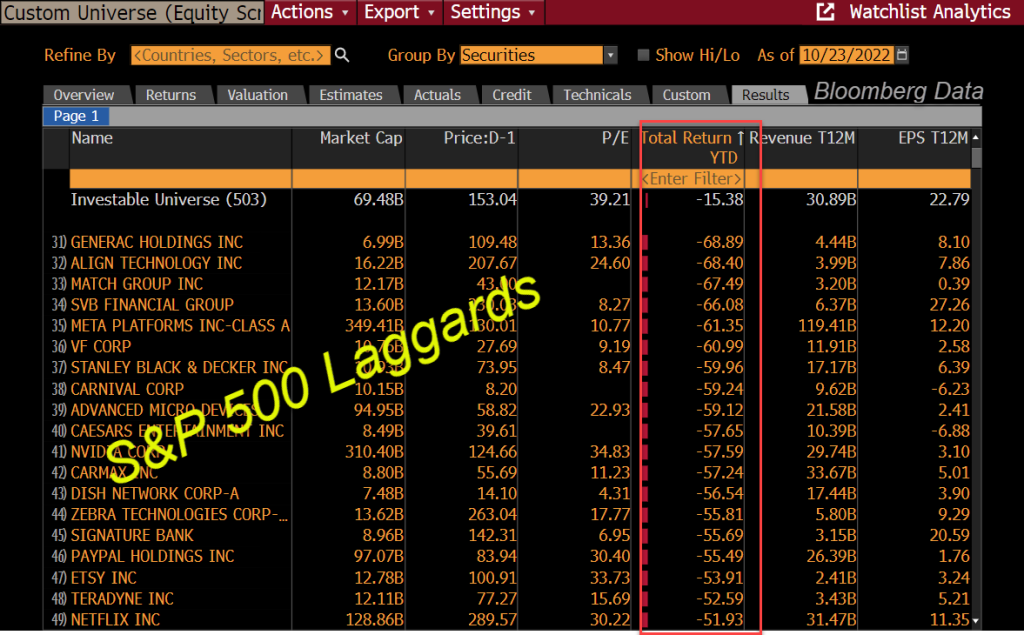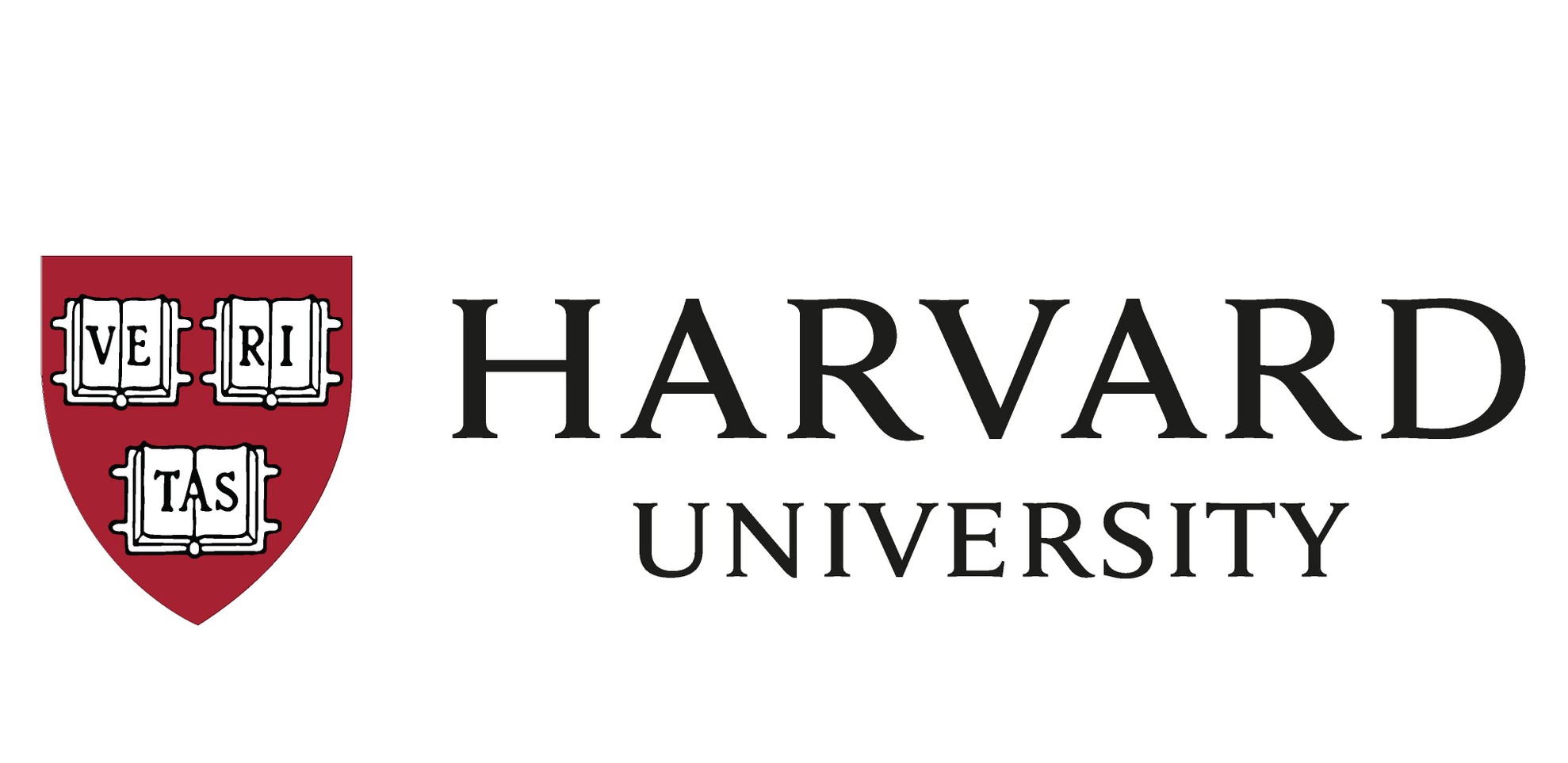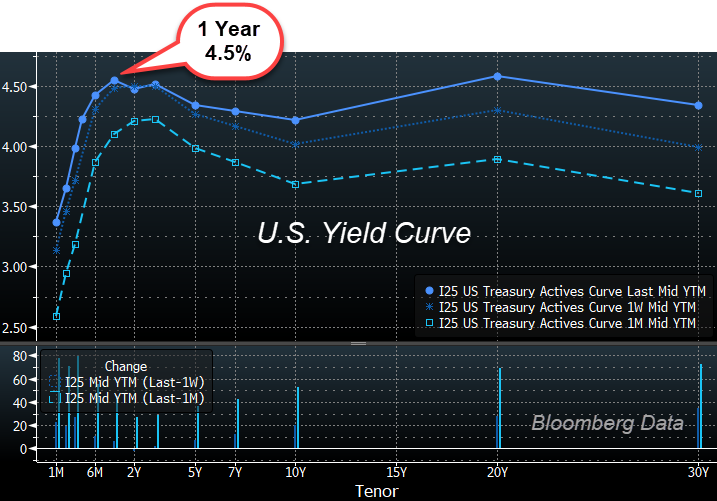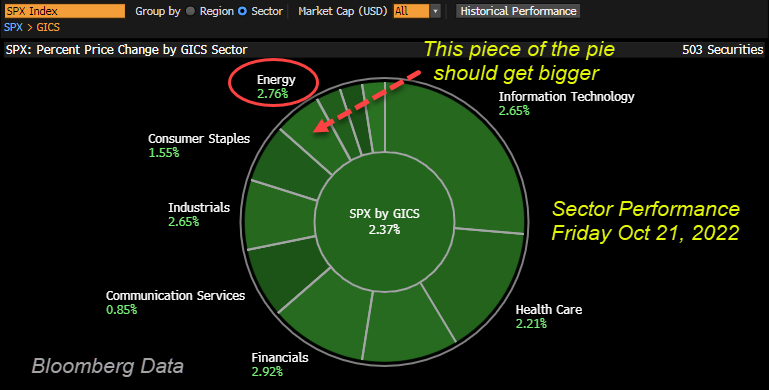 October
24
October
24
Tags
Bear Market – The Day After
By David Nelson, CFA CMT
Before we get started put down the knives, get off twitter and take a breath. I’m not calling the end of the bear market.
If I could do that with a high degree of accuracy I’d have my jet, wouldn’t even be writing this post and I’d be done staring at red and green stocks flashing across my screen five days a week.
S&P 500 1 Year – Two Major Trends

But at some point, we’re going to have to have a conversation about what the day after this bear market is going to look like. A lot of talking heads seem to believe it will be a dystopian society with stock jockey zombies walking the earth searching for Cathie Woods and Jay Powell.
However, others will understand the next 10 years will be a lot different than the last 10 and that most of the basic principles that drive returns on risk assets will come back. In other words, you’re going to need something more than a story and a smile to raise capital.
We can debate the depth of the bear market and how much further stocks can fall but what isn’t up for debate is that a lot of the damage is already done.
Coming into the week well over 50% of stocks in the S&P 500 are in bear market territory. One hundred stocks are down over 40% year to date and that’s on the heels of a +4.75% return for the SPX last week.

Seventy percent of the S&P’s largest sector Technology is in a bear market with Advanced Micro (AMD) and Nvidia (NVDA) leading the way. Consumer Discretionary even worse.
The poster child of excess and Growth at the WRONG Price ARK Innovation Fund (ARKK) is down 77% from the 2021 highs sitting at 2017 levels.

I get it we’re in a bear market, but I don’t believe this is the end of capitalism. There will be a day after. Most bears will overstay their welcome just as the bulls did in 2021.
Buy the Dip?
In the meantime, it’s prudent to start exploring what your playbook is going to look like on the other side. For starters entry and exit prices matter again. In the last ten years if you got the first half of that trade wrong the Fed had your back and you could keep buying the dip all the way down. Eventually the market made you whole. I think by June this year most practitioners had thrown in the towel.
Beta Gods
The last decade the Federal Reserve sucked the Alpha Blood out of markets creating a rising tide for most boats. When the cost of capital is zero or close to it, those that take the most risk make the rest of us look stupid. Those that do it with leverage become gods.
Venture Capital – The last shoe

This goes for Venture Capital as well. However, the pain in this asset class is likely just beginning. Most of us live in a mark to market world and receive a daily report card on how good or bad we’re doing.
The VC world has wide discretion on pricing of illiquid assets and down rounds are likely before this is all over. This may be the trigger for the final shoe to drop.
Harvard Management Company, manager of Harvard University’s endowment expects markdowns with year-end audits.
I’m going to tag on to my post from last week believing Value in some form is going to lead the way out. I pointed that it was the best trade coming out of the dot.com bust and that the 155% outperformance of growth over value from 2014 – 2021 was an anomaly fueled by a Federal Reserve flooding the system with liquidity.
On the Record
I’m on record saying the Fed needs to slow down at the next intersection and take the pulse of the economy. Curing cancer while killing the patient is not an acceptable outcome. They may have to resume the tightening cycle even more aggressively but given their reliance on mostly backward-looking data the danger of an overshoot is real.
When the current inflation crisis ends, the Fed will have to adopt a more traditional role and hopefully a slimmer list of mandates. The modern monetary theories will be cast aside as most members of the FOMC will find religion not wanting to repeat the disastrous performance that forced the bursting of a liquidity bubble.
Whether the average fed funds rate in the future is three, four or even five percent it isn’t going to be zero. The bottom line is that there will be a cost to capital and investors once again have choices.

Even now if you don’t like what you see the Federal government is offering you 4.5% to sit out the year.
Technology will flourish again but the narrative won’t be enough. Even today venture fund boards are pushing founders to shorten the runway with a clear path to profitability. Revenue growth on its own isn’t going to cut it.
Energy Sector Gets Bigger

As Barron’s points out this week the Energy Sector could be a continued winner. The sector is currently 5.35% of the S&P 500 more than double where it was in 2020. That could grow dramatically from both traditional and alternative energy investment.
Given the global energy deficit and globalization rapidly in decline it wouldn’t surprise me to see this sector grow to 10% of the market.
As we’re learning today energy can and will be used as a weapon and until alternatives can scale, fossil fuels will be needed to manage the base load. Europe is learning a very hard lesson one that should not be lost on Americans as we develop future energy policy.
One last note. I’m not the first to report this but if markets have downside from here it is going to have to come from the big 5 AAPL, MSFT, GOOGL, AMZN and TSLA. Admittedly all but AAPL are in a bear market already but by definition this is where the capital is. These five stocks represent 24% of the S&P 500 market cap and while the biggest with formidable moats and cash cushions they aren’t immune to economic forces.

Tesla has already reported, and I’ve chosen to enter the reporting week underweight all of them except Tesla which was sold in front of the quarter.
Conviction isn’t strong in either direction and post market reaction will be as much about the outlook as it is the results.
*At the time of this article some funds managed by David were long AAPL, MSFT, GOOGL, AMZN